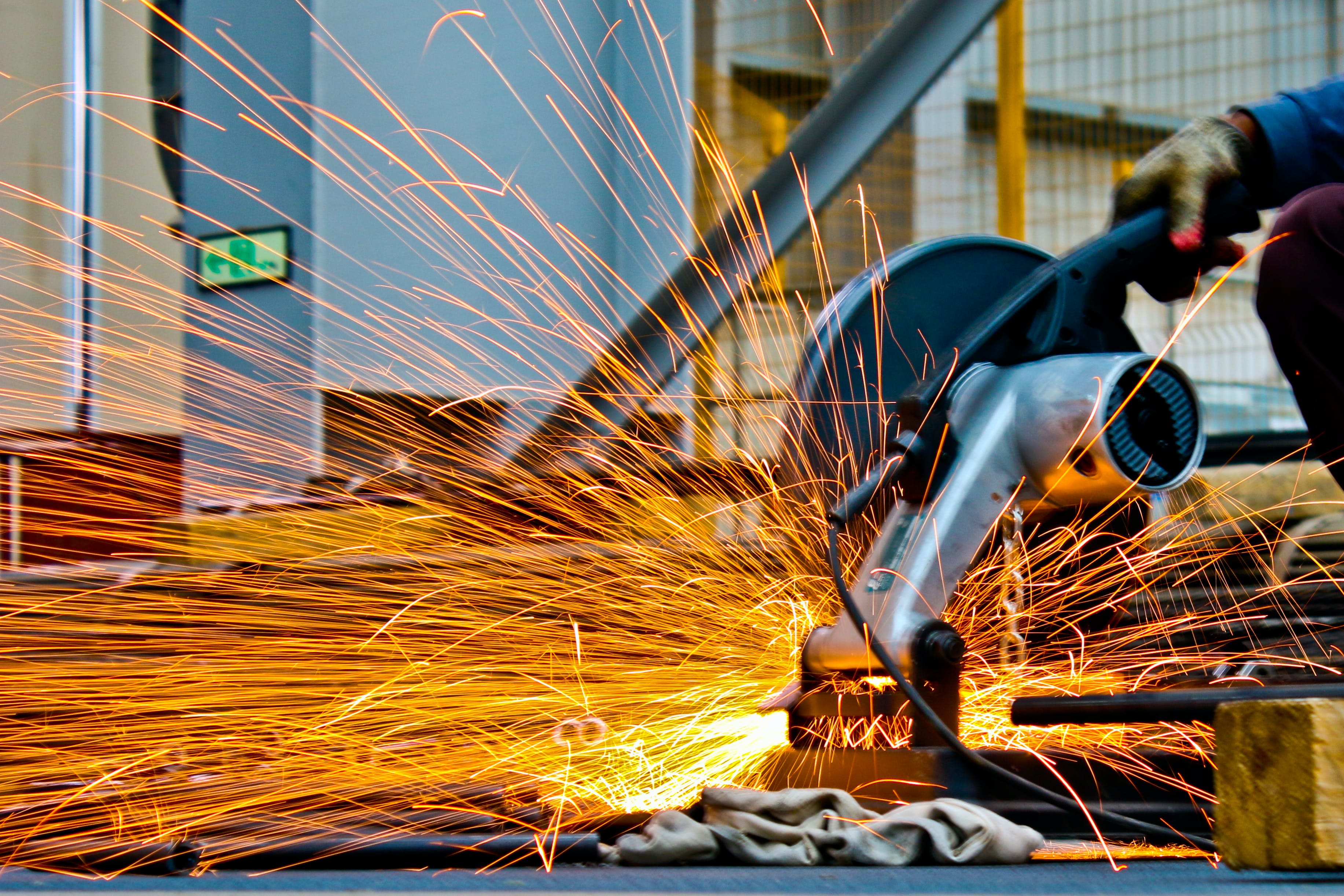In the industrial refrigeration sector, variable frequency chillers have rapidly transitioned from an emerging technology to the mainstream choice for cooling solutions. With their unique operational characteristics and significant overall benefits, they have become indispensable in demanding industrial environments. This blog will explore the key advantages that have helped variable frequency chillers capture the market's attention.

1. Precise Energy Regulation: Say Goodbye to "Underpowered" Systems
Limitations of Traditional Fixed-Speed Systems:Fixed-speed units control cooling output by either starting/stopping the compressor or using throttling valves. When the actual load is lower than the system's rated capacity, these systems either:
• Frequently start and stop (which increases wear and energy consumption).
• Operate inefficiently at partial load, leading to energy waste (commonly referred to as “oversized system” issues).
The Revolutionary Variable Frequency Technology:
The core of variable frequency chillers lies in their ability to adjust the compressor motor speed, which allows continuous and linear modulation of refrigerant flow and compression ratios. This enables the system to operate across a broad range of outputs (from 25% to 100%) and perfectly match cooling demands.
Industrial Value:
• Fluctuating Load Matching: Industrial processes like plastic injection molding, laser cutting, chemical reactions, and electronics manufacturing often see significant fluctuations in cooling load. Variable frequency chillers can seamlessly adjust to these load variations and provide the required cooling output.• Eliminating Inefficiency: These chillers avoid the issue of inefficiency seen in traditional fixed-speed units, significantly boosting partial load efficiency, especially in scenarios where the load is often less than 70%.
2. Exceptional Energy Efficiency: Lower Operational Costs
Significant Reduction in Compressor Power Consumption:
The compressor is the "heart" of the chiller and the main energy-consuming component. Variable frequency technology allows the compressor speed to decrease with load, resulting in energy consumption that follows a cubic relationship with the frequency (speed). This means that as the load decreases, energy consumption drops at a much faster rate than cooling output.Reduced Auxiliary Equipment Energy Consumption:
• Variable Speed Pumps and Fans: These systems can be linked with variable frequency water pumps, cooling water pumps, and cooling tower fans. These components adjust dynamically to the actual cooling load and operational conditions (like cooling water temperature), maximizing energy efficiency at the system level.Significant Improvement in IPLV (Integrated Part-Load Value):
The IPLV of variable frequency chillers is much higher than that of fixed-speed units, especially in industrial air conditioning systems that often operate under partial load conditions. A higher IPLV translates directly to lower electricity costs and a more efficient system.

3. Improved Process Stability & Equipment Reliability
High Precision Temperature Control:
Variable frequency technology enables precise control of cooling output, stabilizing the chilled water temperature with minimal fluctuations (within ±0.5°C or even less). For industries that rely on strict temperature control, such as precision instrument manufacturing, biopharmaceuticals, food processing, and laboratories, maintaining a stable cooling source is crucial for product quality and consistency.Soft Start & Smooth Operation:
Variable frequency drives provide smooth starts with minimal inrush current (usually less than the full-load current), reducing the strain on the electrical grid. This smooth startup avoids the stress and wear associated with frequent starts and stops, extending the life of key components like compressors, motors, and mechanical parts.Prevention of Surge Issues:
Fixed-speed centrifugal chillers can suffer from surge (vibration) at low loads, damaging compressors. Variable frequency centrifugal chillers avoid surge regions by adjusting the speed, ensuring smoother, safer, and more reliable operations.
4. Enhanced Adaptability & Intelligent Management
Wide-Range Efficient Operation:
Variable frequency chillers are designed to operate efficiently over a wide range of cooling water temperatures and environmental conditions. This allows them to perform well in fluctuating external temperatures and maintain optimal performance across varying operating conditions.Intelligent Control & Connectivity:
Modern variable frequency chillers are often equipped with advanced microcomputer controllers or PLC systems, offering comprehensive monitoring, protection, fault diagnostics, and data logging functions. These systems support remote monitoring and group control, allowing integration into Building Automation Systems (BAS) or Energy Management Systems (EMS). This enables centralized monitoring, optimized scheduling, and preventive maintenance, enhancing operational efficiency.
5. Superior Economic Value Over the Chiller's Lifecycle
Although variable frequency chillers typically have a higher initial purchase cost than fixed-speed models, the long-term benefits are far-reaching:• Significant Electricity Savings: Energy efficiency is the most crucial economic advantage. In scenarios with long partial-load operation and high electricity prices, the savings in electricity costs can quickly recover the initial investment difference.
• Reduced Maintenance Costs: The soft start, smooth operation, and reduced number of starts/stops reduce wear on components, prolonging the life of compressors and other core parts. This decreases maintenance frequency and parts replacement costs.
• Production Value Protection: Precise temperature control helps avoid product quality loss or production disruptions due to temperature fluctuations—this value is often difficult to quantify but is essential for maintaining a steady production output.
Conclusion
The dominance of variable frequency chillers in the industrial air conditioning market is not a coincidence. Their core value lies in their smart energy modulation technology, which addresses common challenges in industrial environments such as large load fluctuations, high-efficiency requirements, strict temperature control needs, and operational reliability.By providing precise load matching, unlocking energy-saving potential, enhancing temperature stability, boosting equipment reliability, and enabling intelligent management, variable frequency chillers offer significant savings, improved production security, and a higher return on investment. In today’s pursuit of cost reduction, efficiency improvement, and sustainability, opting for a variable frequency chiller is a wise decision for industrial refrigeration and will give companies a competitive edge.
